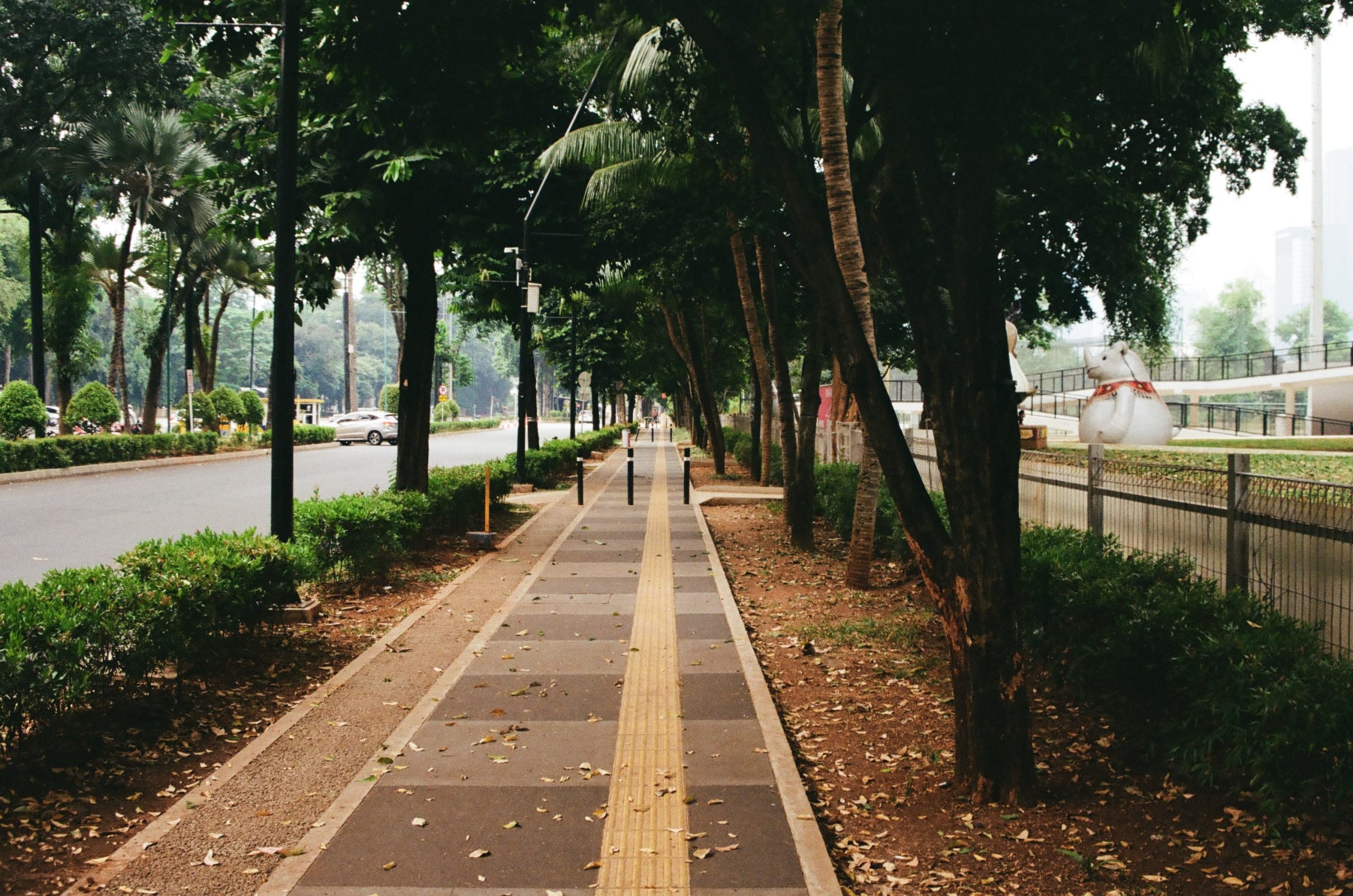
Policy Solution
Tree protection
Mandate

Summary
Trees provide cooling through evapotranspiration and shading that decreases temperatures along walkways. Increasing vegetation provides numerous co-benefits like reducing pollution; improving the public realm; and decreasing energy costs. A tree protection program protects the relocation and replacement of specific trees through the building code. The code can require documentation of existing trees and requiring permitting or fees for removal.
Implementation
Identify protected trees and enforce penalties if existing protected trees are removed.
Considerations for Use
This mandate is most effective in areas with high property turnover rates to protect existing trees.
Overview
Climate:
Hot/Dry, Hot/Humid, TemperatePolicy Levers:
MandateMandates are government regulations that require stakeholders to meet standards through building codes, ordinances, zoning policies, or other regulatory tools.Trigger Points:
Introducing new or updated zoning/codesIncludes codes, zoning requirements or by-laws pertaining to urban planning and building construction activity.No-regrets actions (low cost/low effort but substantial benefit)Interventions that are relatively low-cost and low effort (in terms of requisite dependencies) but have substantial environmental and/or social benefits.Intervention Types:
Green/natural InfrastructureSectors:
Informal Settlements, Parks, Public Works
Case Studies
Impact
Target Beneficiaries:
Heat-vulnerable communities, ResidentsPhase of Impact:
Risk reduction and mitigationMetrics:
Number of trees protected
Implementation
Intervention Scale:
SiteAuthority and Governance:
City governmentImplementation Timeline:
Short-term (1-2 Years)Implementation Stakeholders:
City governmentFunding Sources:
Public investmentCapacity to Act:
HighBenefits
Cost-Benefit:
LowPublic Good:
HighGHG Reduction:
MediumCo-benefits (Climate/Environmental):
Improve stormwater management, Preserve biodiversity, Provide flood protection, Reduce air and water pollution, Reduce greenhouse gas emissionsCo-benefits (Social/Economic):
Build social cohesion, Improve human health, Improve the public realm, Increase property values
